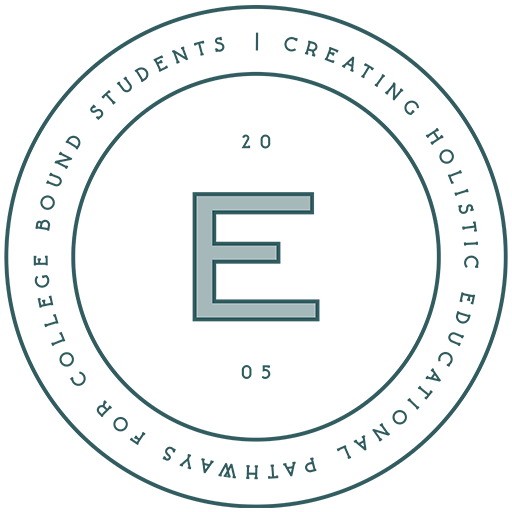As AI tools like ChatGPT become increasingly embedded in classrooms and study routines, parents are asking: Is this helping or harming my teen’s learning?
A groundbreaking new study from the MIT Media Lab offers important insights. Titled “Your Brain on ChatGPT”, the research looks at how large language models (LLMs) like ChatGPT affect students’ cognitive engagement, memory retention, and sense of ownership in their writing.
The results are not entirely surprising—but they are sobering. This isn’t a call to ban AI. Instead, it’s an invitation to guide our teens in using these powerful tools well.
What the Study Explored—and What It Found
Researchers asked students to complete essay-writing tasks under three different conditions:
- Using ChatGPT to assist in writing
- Using a traditional search engine (like Google)
- Relying on only their brain—no digital support
Brain scans and behavioral analyses revealed that the ChatGPT group had the lowest cognitive engagement. Students who used the AI tool:
- Showed less brain activity during the writing process
- Had difficulty recalling or explaining what they wrote
- Demonstrated weaker understanding of their content
- Produced more generic, less original work
In contrast, students who wrote without digital support engaged more deeply and remembered their work better. And notably, when students first worked independently then brought in ChatGPT, they were able to integrate AI in ways that enhanced their thinking—not replaced it.
You can read the full research summary here.
Why This Matters for Parents
In the same way we once taught kids to use calculators after understanding arithmetic, we now must teach students how to use AI after they’ve engaged with a task themselves.
The real concern isn’t that teens are using ChatGPT—it’s how they’re using it. The MIT study confirms that when students let AI do the thinking for them, their own brains disengage.
But when students use AI after developing their ideas—or use it to refine rather than generate—it becomes a powerful collaborator.
As parents, we’re in a unique position to support that shift.
Five Practical Ways Parents Can Support Healthy AI Use
Here’s how you can encourage more thoughtful engagement with AI at home:
1. Encourage Independent Thinking First
Before turning to ChatGPT, prompt your teen to brainstorm, outline, or reflect on the assignment. What do they already know? What’s their initial position or idea? Even 10 minutes of solo thinking builds the neural connections that matter most for retention and creativity.
2. Foster Critical Dialogue About AI Outputs
When they use ChatGPT, don’t just ask, “Did it help?” Ask:
- “What parts do you agree or disagree with?”
- “What would you change to sound more like you?”
- “Does this align with what you were trying to say?”
This kind of questioning fosters critical thinking, even when AI is involved.
3. Establish Clear Expectations Around AI Use
Collaboratively set family norms: When is it appropriate to use ChatGPT? When is it not? For example, you might agree that it’s fine for brainstorming ideas or revising tone—but not for personal reflections, reading responses, or initial essay drafts.
4. Emphasize Authentic Voice and Ownership
Help your teen understand that what colleges and teachers value isn’t just the “right answer,” but original thought. If they can’t explain their work or don’t remember writing it, it’s not really theirs.
This isn’t about catching them “cheating”—it’s about helping them stay connected to the learning process.
5. Stay Informed and Engaged
You don’t need to be an AI expert to guide your teen well. A few resources to stay in the loop:
Ask your teen what tools they’re using and how. Keep it curious, not controlling.
Keep Teaching Them to Ask Questions
At its heart, the MIT study is a reminder that what matters most isn’t just how students use AI, but how they think about what they’re doing. And that starts with questions.
Ask your child:
- “What surprised you?”
- “What’s missing in this answer?”
- “How does this connect to what you already know?”
- “Would this convince your teacher—or you?”
Model the same behavior. Wonder aloud. Show them that asking questions isn’t a sign of confusion—it’s the sign of a thoughtful mind.
A Framework for Families Navigating AI
Here’s a simple tool you can use with your teen. Before or after using ChatGPT, encourage them to reflect using this 3-step process:
| Step | Prompt |
| Before AI | What do I already know? What am I trying to say? |
| During AI | What’s helpful here? What feels off or generic? |
| After AI | What would I change? Does this still sound like me? |
Keep this visible by printing it out, posting it near a workspace, or including it in their digital toolkit.
In Summary
AI tools like ChatGPT are here to stay. The question is not whether our students should use them—but how they can use them wisely, critically, and creatively.
The MIT study reminds us that when students rely too heavily on AI, they risk losing touch with their own ideas. But when they use AI to enhance, not replace, their thinking, it can be a powerful support.
Let’s continue to teach and model reflection, curiosity, and ownership. That’s the mindset that will serve our teens well—in school, and in the world beyond.
Resources
- Blog: The Future of Test Prep: How AI is Changing the Game
- Podcast Episode 17: How (and Why) High Schoolers Should Get Involved in AI
- Podcast Episode 18: How AI is Revolutionizing Test Prep & College Admissions




